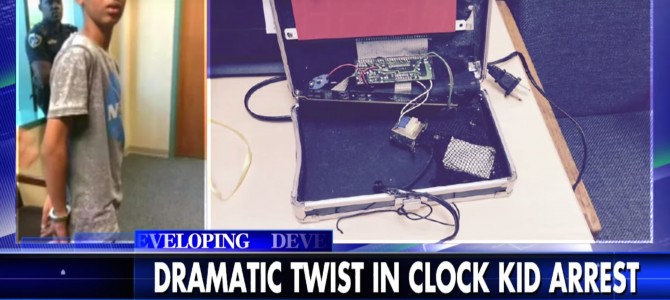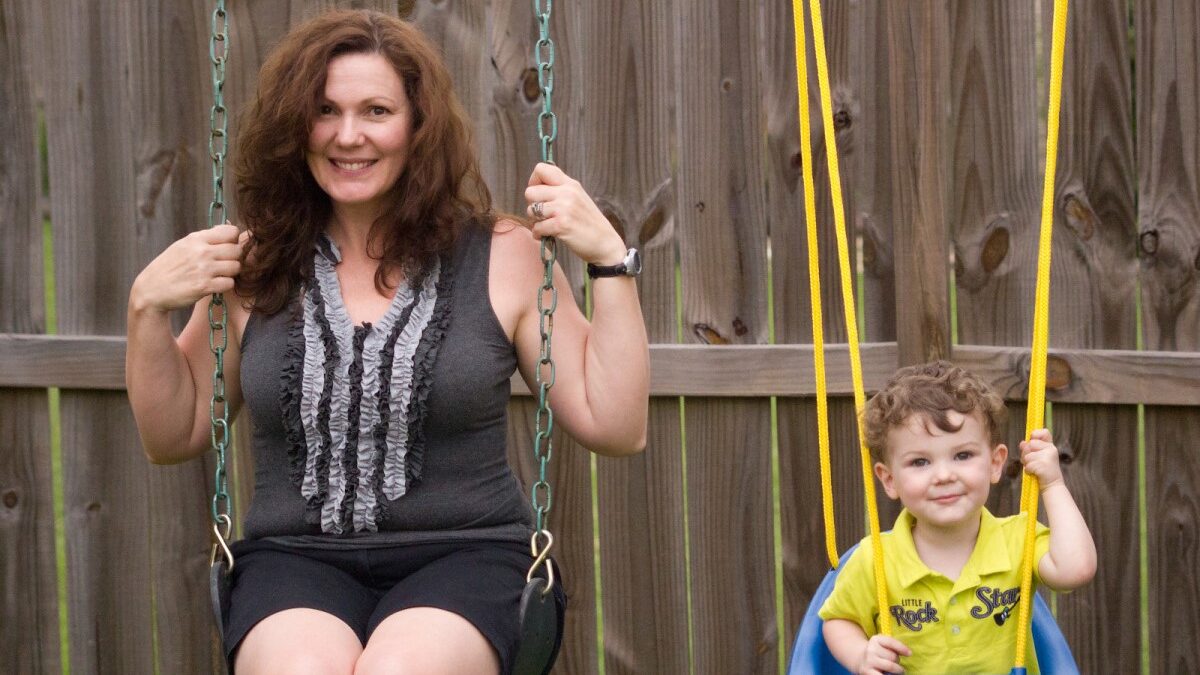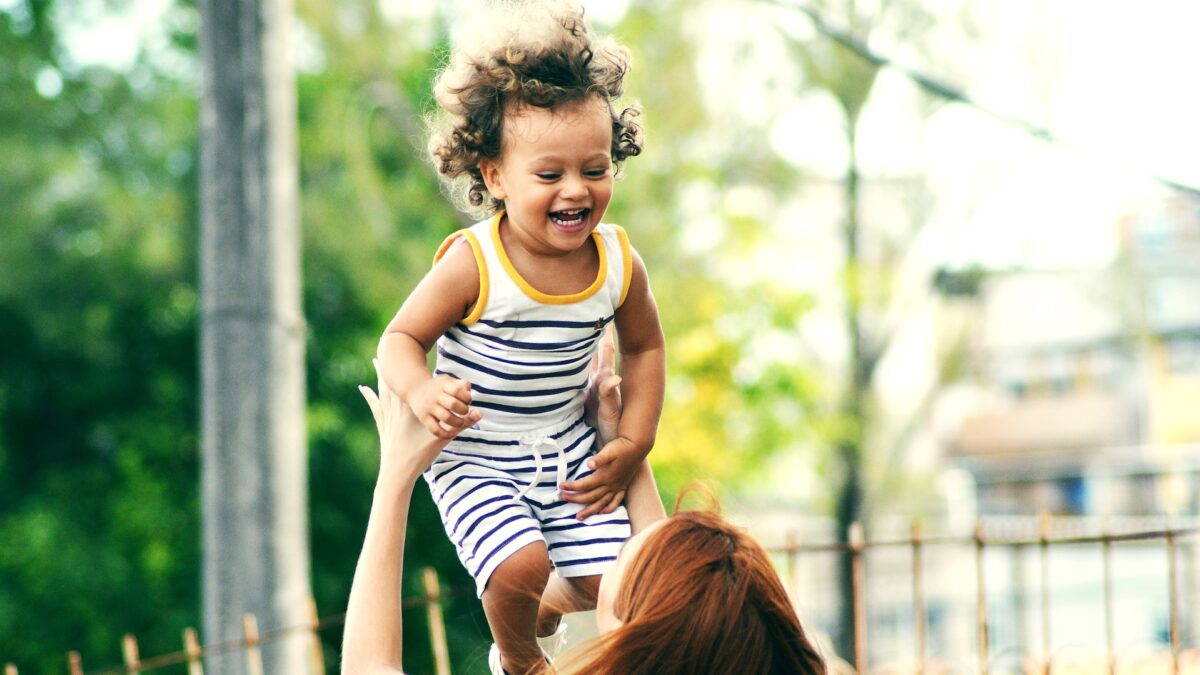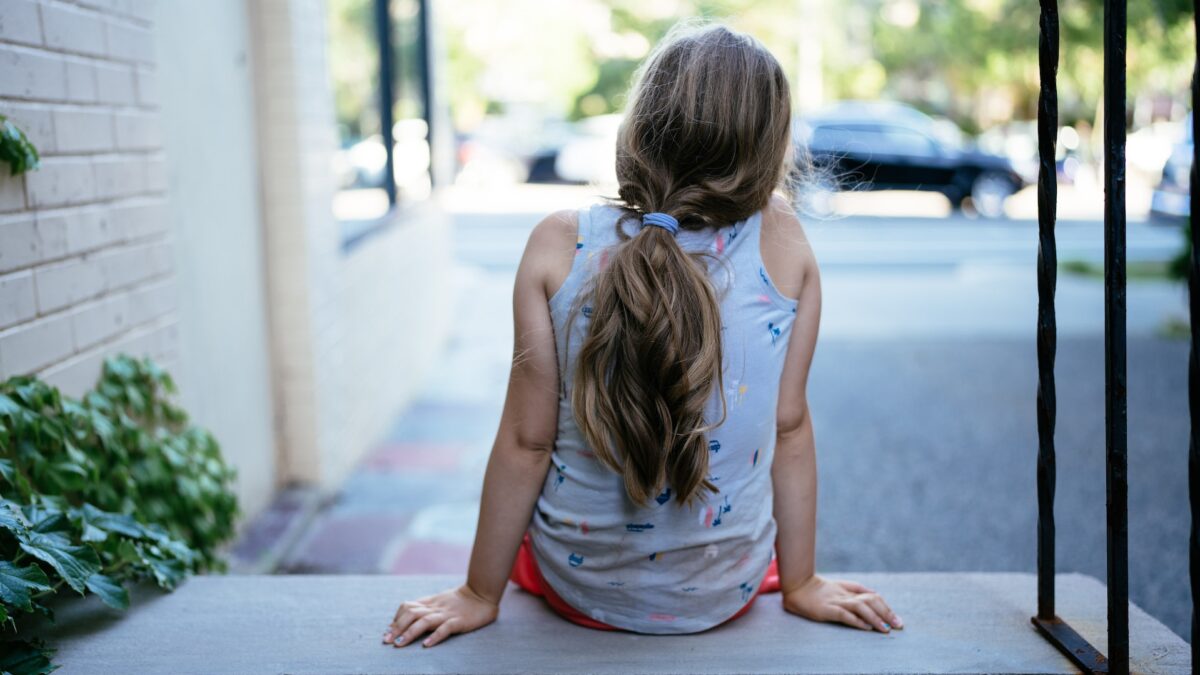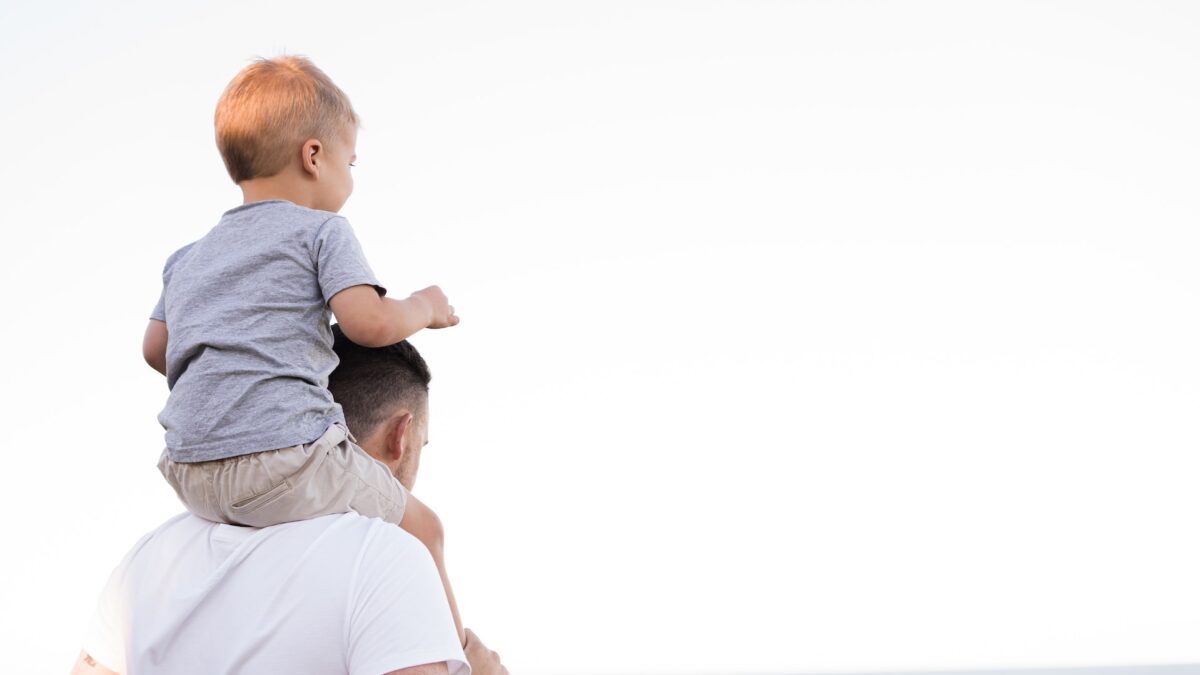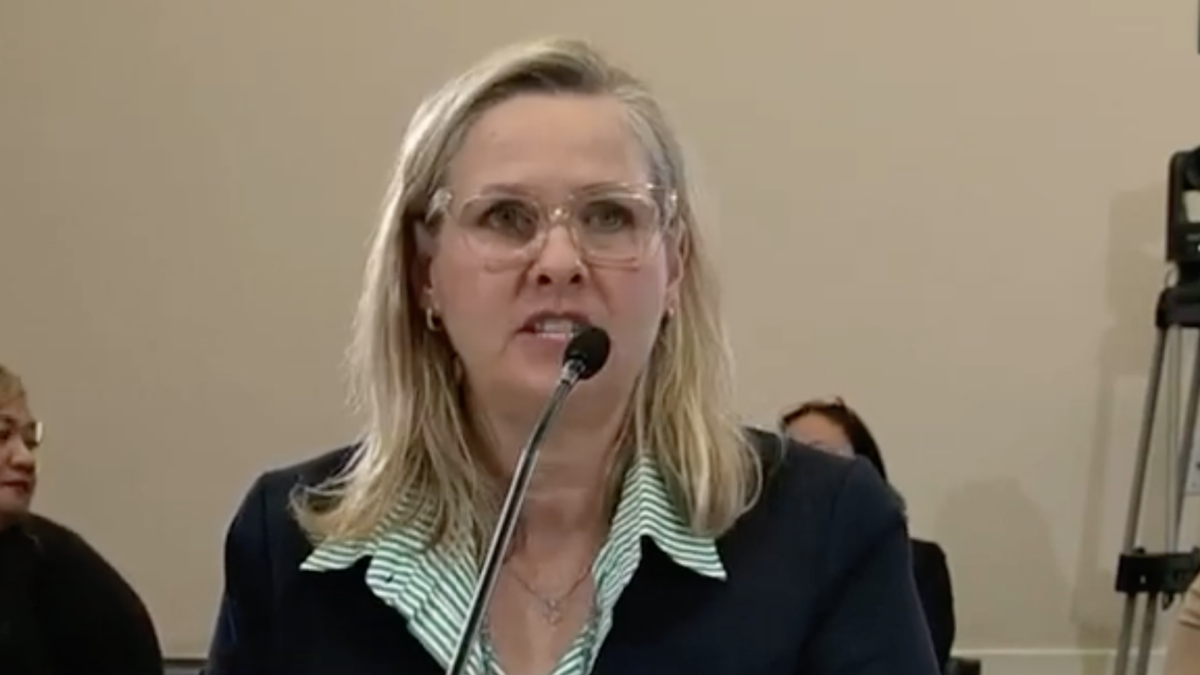Over the years we have taught our young son many life skills. He’s learned to roll, army-crawl, and cruise around the house, slowly transitioning to walking. Then came the difficult lesson that words were better for communication than pinching, biting, or hitting, followed by the ever-popular potty training. He’s learned to ride a bike without training wheels and write his full name. Although he can’t yet read, he’ll have that down soon.
For generations, parents have taught their offspring these fundamentals, these building blocks on which their future will stand. But in this brave new world we reside now—after Columbine and Sandy Hook—our children need to learn more than just these basics.
While there has always been (and always will be) a line between public and private spheres and their respective guidelines and rules, the consequences for inappropriate behaviors and actions in the wrong company these days can be dire. To succeed—or even survive—now, our children must learn a new set of rules that exist outside the walls of our homes. These rules are often built more on emotion than evidence.
In horror we have watched atrocities happen in our schools and to our young people. It’s unfathomable and confusing. We feel helpless. We want answers, and in the absence of those we seek solutions. We must take action, because to not do so would leave us feeling responsible if anything bad ever happens again—never mind that evil exists, sin is real, and real peace is not possible in this fallen world.
Bringing Children Into Our Terror
So we institute policies. We post signs against carrying firearms. We require all children, even those who can’t read, to sign contracts, promising to never possess a weapon at school. We warn them about playing incorrectly, and we scare them with threats of suspension and expulsion if they say the wrong thing, do the wrong thing, or happen to note that they’ve just managed to nibble their PB&J into the shape of a gun. (No, Johnny, that’s not a gun. It’s a letter “L.” See?) And we punish those who fail to remain within these new borders of propriety.
We find ourselves shrieking at our three-year-old when she fashions her sandwich (or quesadilla or cookie) into a gun and shouts “pew pew” in the air. We give our five-year-old warnings about playing the wrong games on the playground, expecting him to understand why it’s okay to pretend to be Captain America fighting aliens, but not a policeman fighting bad guys.
We encourage them to use their imaginations, but only in a safe realm so as never to give any nearby soul a hint of anything even remotely threatening. We teach them self-censorship, to watch what they say around those who might take offense or turn them in. We tiptoe through this new fear-riddled battleground, dragging our children behind us with a constant “shhh” and shake of our head to avoid any run-ins with PC goons.
In our determination to prevent further violence, we refuse to see weapons as tools with specific purposes and rules, tools that demand the utmost respect. Instead we teach our children that all weapons are bad. We declare them to be inherently evil and destructive, objects worthy of blanket fear, whose only purpose is found when wielded by those who have the right rubber stamp of government approval.
Then we go a step further, becoming so focused on identifying future combatants, so fearful of missing another warning sign, that we see threats and red flags around every corner. Suddenly it’s no longer the physical weapon itself, but any item that could be perceived as a weapon, or any reference to a weapon—whether in writing, drawing, or breakfast pastry.
Protecting Adults, Not Kids
We now send our kids to school in fear of whether they might forget all the new rules and slip up. They might pretend to be Transformers instead of Caillou (as if any kid would want to do the latter) and get landed in the office. They might eat their ham sandwiches in the wrong fashion and forget to ignore its uncanny resemblance to a particular item, earning them a suspension.
They might accidentally utter the word g-u-n within earshot of an eager-to-please tattle-tell, earning them an expulsion and a black mark on their file. There are so many ways to misstep and be labeled a threat that we start teaching our kids these rules as soon as they can talk.
If we want to restrict students from carrying weapons, that’s one thing. That ranks right up there with instituting other policies, such as banning cell phones and instituting dress codes, which limit distractions and foster healthier educational environments.
But to broaden these policies so that anything may be classified as a weapon based solely on the subjective opinion of an administrator, where any mere mention of a weapon convicts a student outright, seems more like a move to cover administrative backsides and guard schools from liability than to protect students from actual harm. If we truly wanted the latter, we’d be demanding and instituting policies based on evidence, not fear. Instead, we have set the stage for anyone with a cheap clock and pencil case to exploit that fear.
